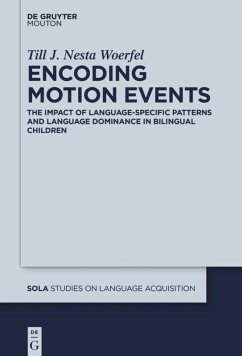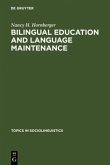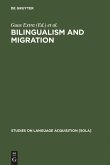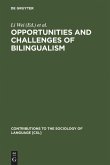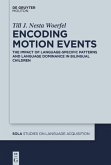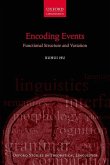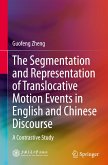Children who grow up as second- or third-generation immigrants typically acquire and speak the minority language at home and the majority language at school. Recurrently, these children have been the subject of controversial debates about their linguistic abilities in relation to their educational success. However, such debates fail to recognise that variation in bilinguals' language processing is a phenomenon in its own right that results from the dynamic influence of one language on another. This volume provides insight into cross-linguistic influence in Turkish-German and Turkish-French bilingual children and uncovers the nature of variation in L1 and L2 oral motion event descriptions by evaluating the impact of language-specific patterns and language dominance.
The results indicate that next to typological differences between the speakers' L1 and L2, language dominance has an impact on the type and direction of influence. However, the author argues that most variation can be explained by L1/L2 usage preferences. Bilinguals make frequent use of patterns that exist in both languages, but are unequally preferred by monolingual speakers. This finding underlines the importance of usage-based approaches in SLA.
The results indicate that next to typological differences between the speakers' L1 and L2, language dominance has an impact on the type and direction of influence. However, the author argues that most variation can be explained by L1/L2 usage preferences. Bilinguals make frequent use of patterns that exist in both languages, but are unequally preferred by monolingual speakers. This finding underlines the importance of usage-based approaches in SLA.

